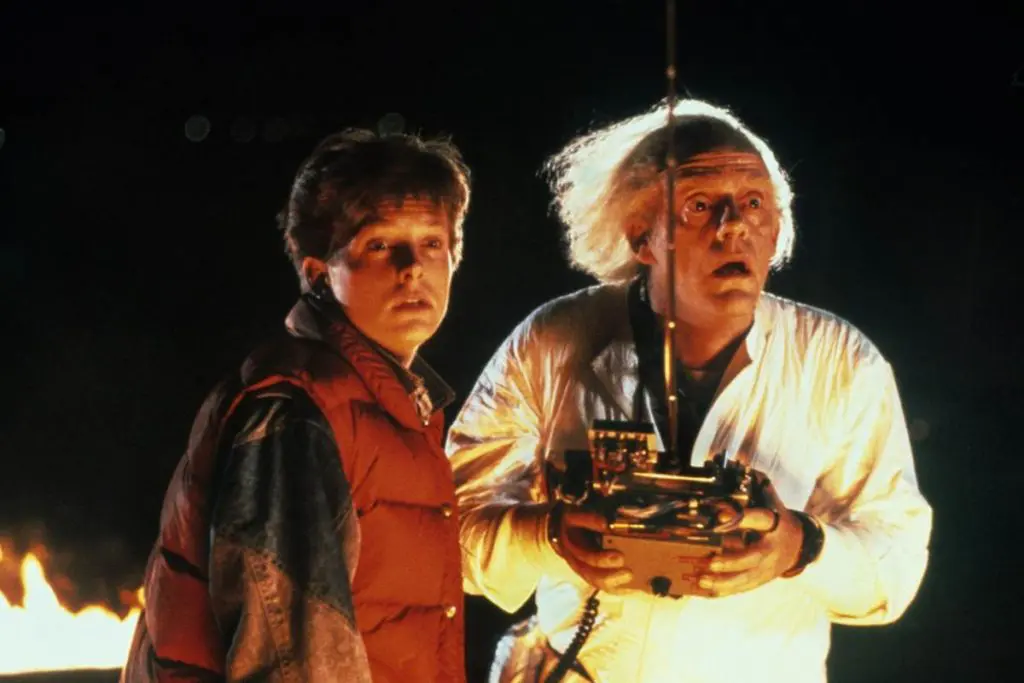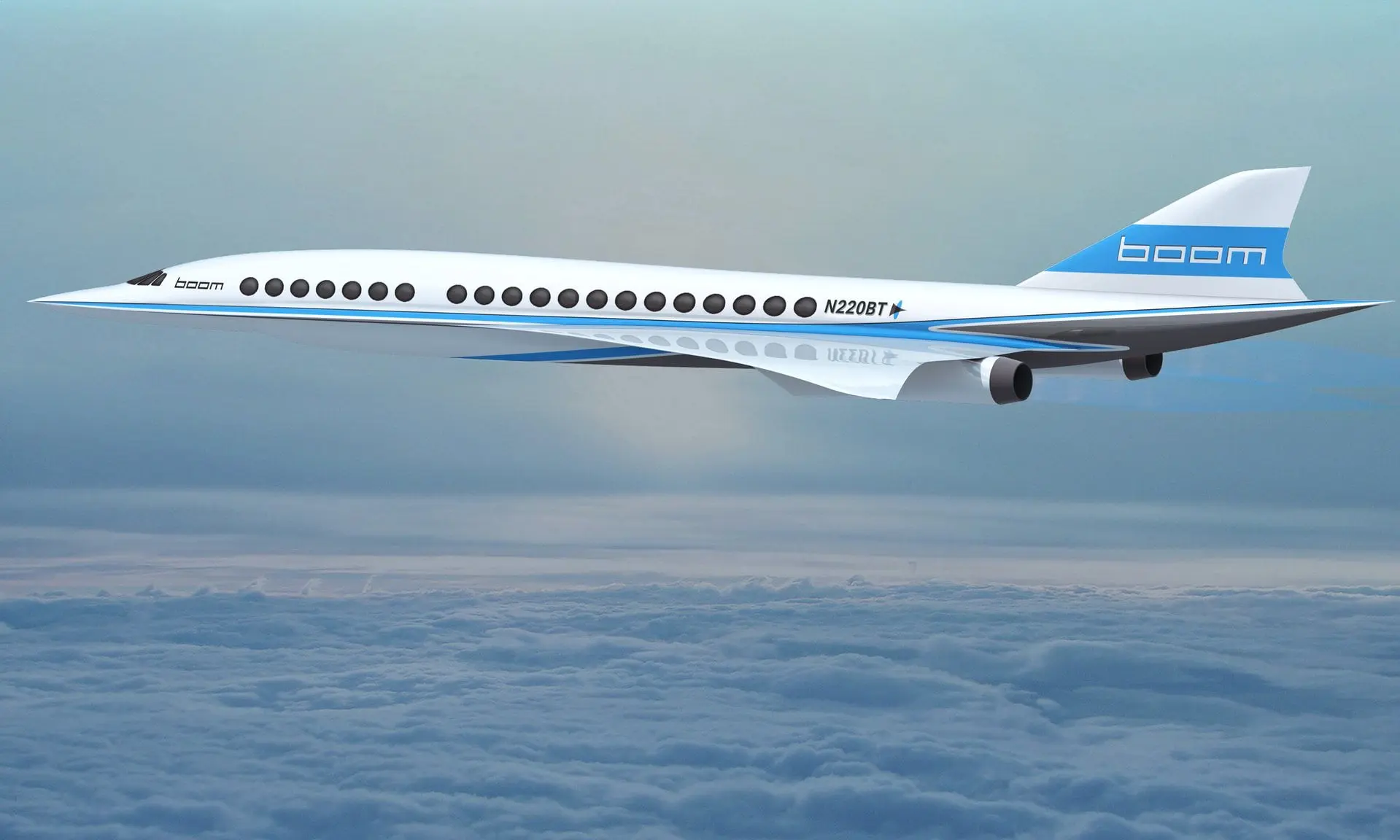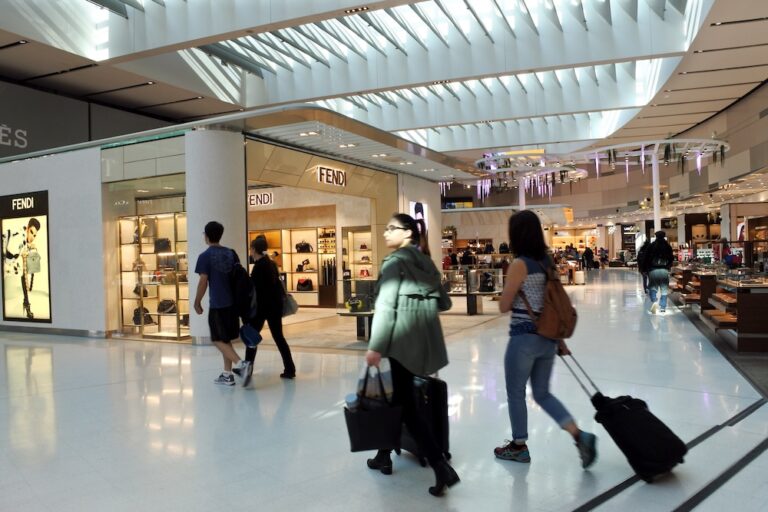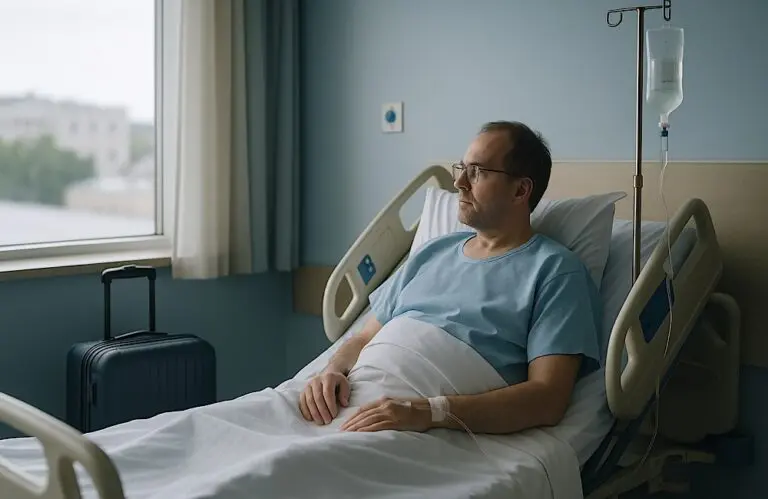Supersonic flight was a reality at the start of the millennium before it was consigned to the history books. So it may seem a little like deja vu to learn that it is again on the horizon.
Concorde made its last flight in 2003 after 27 years in the skies following a high profile crash in 2000 which killed all 109 passengers on board. The negative publicity combined with the prohibitively expensive airfares and an increasingly difficult economic climate saw profits take a tumble, spelling the end for Concorde.
But, almost 15 years on, supersonic may be about to make a comeback.
In July, Boeing celebrated its 100th birthday by highlighting the possibilities that lay ahead in the areas of commercial supersonic and hypersonic aviation.
“We have won for 100 years because of innovation,” chief executive Dennis Muilenburg said, as reported by Reuters.
“The key is disciplined innovation. We’ll take risks. We’ll invest smartly.”
It’s not the only company looking to change things up by investing in this technology. Rival manufacturer Airbus is also making moves in the supersonic arena as is NASA.
Earlier this year, aviation start-up Boom signed an agreement with Richard Branson’s Virgin Group. Under the deal, Virgin’s manufacturing arm The Spaceship Company will help with the engineering, design and manufacturing of the aircraft which will travel at Mach 2.2 – even faster than Concorde which flew at Mach 2.0. The majority of modern passenger aircraft fly at Mach 0.85.
Virgin has also optioned Boom’s first 10 aircraft, with an unnamed European carrier also optioning 15 planes.
Boom’s idea is to take passengers from New York to London in just three hours and 20 minutes with a round-trip to carry a price tag of US$5,000.
Its first prototype is expected to fly in 2017 with commercial services to start within the next few years.
“This is supersonic passenger air travel, no bullshit, and it’s actually affordable,” chief executive Blake Scholl told The Guardian back in March.
“Ultimately I want people to be able to get anywhere in the world in five hours for $100.
“To get there you have to improve fuel efficiency, but step-by-step supersonic air travel will become available for everyone.”
Scholl embarked on this new venture because he was “sad” he had never got the chance to fly on Concorde.
Talk about turning back time.
So why is now the right time for the troubled technology to rise from the ashes?
Well, let’s face it, the art of flying could do with a bit of a reboot. Since Concorde made its final touchdown, aircraft have become more comfortable, more innovative inside, but they fundamentally offer the same service, with the same flying times.
It’s time for the world of travel to be shaken up again. After all, who wouldn’t want to fly to London from Sydney in just three hours?
The challenge will be ensuring the proven technology is sustainable, unlike last time.
Centre for Asia Pacific Aviation (CAPA) analyst Will Horton has his doubts.
“It is difficult to see in the long-term commercialisation of supersonic air travel at a mass level similar to what Concorde achieved – which was, admittedly, very small in traffic volume and even then unprofitable,” he tells KarryOn.
“Going supersonic is a significant number of steps backwards in efficiency.”
After all, flying now is much more comfortable than it was back in the days of Concorde after all. Back then, lie-flat seats were a novelty, inflight wifi and smartphones unheard of.
“Time in the air can be far more productive than it used to be,” Horton says.
Furthermore, price is a huge consideration. Many passengers are happy to resort to one-stop travel over direct routes in order to save a few bucks, so would they be prepared to fork out for the time savings a supersonic jet could afford them?
Airlines would need to be sure of the profitability of the technology before adopting it on a major scale after all, which means it needs to be drastically different to last time.
“Although there have been technological improvements since Concorde’s nearly half-century-old design, it is not enough for technological leaps,” Horton says.
“There’s a thought that if we did it before we can do it again, but just because we did it before doesn’t mean that made sense – or was financially strong.”
It’s an exciting idea, but it remains to be seen whether it will become a reality.
Would you like to fly supersonic within the next few years?










